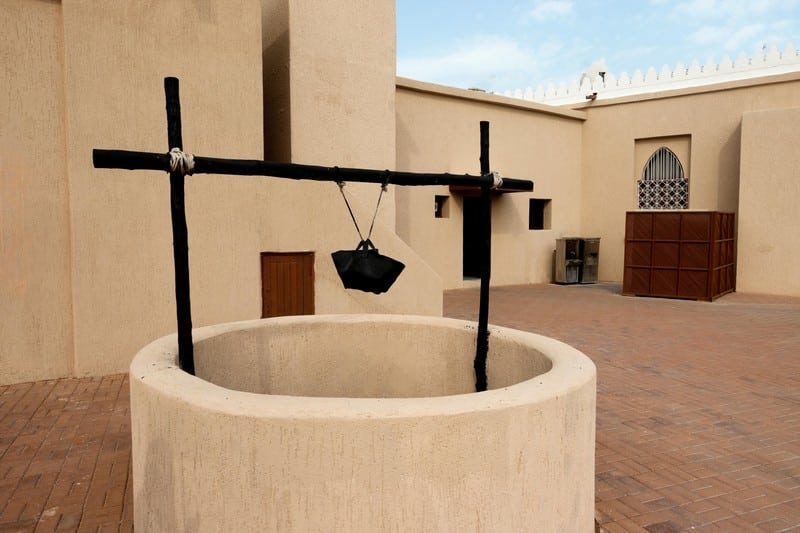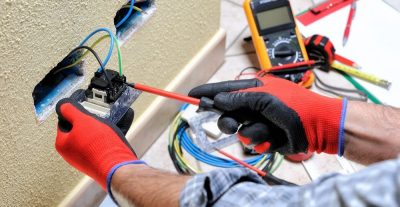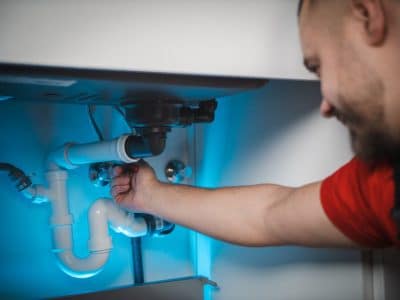Using a domestic well for drinking water can be a cost-effective and sustainable solution for homeowners in rural or semi-rural areas where access to municipal water is limited or unavailable. Unlike city water systems, which are regulated and treated by local authorities, domestic wells require the owner to take full responsibility for water quality and system maintenance. While many people successfully rely on well water for daily use, it’s important to understand the technical, safety, and regulatory aspects that come with managing your water source. From the construction of the well to regular testing and legal requirements, homeowners should be informed before deciding to rely on a domestic well. This blog explores everything you need to know about using a domestic well for drinking water to help you make confident and informed choices for your household.

Understanding the Basics of a Domestic Well
When you move to a home that relies on a domestic well for its water supply, it can feel like a big change from living with municipal water. A domestic well taps into underground aquifers through a drilled shaft, using a pump to bring water into your home. The system is largely self-managed, which means the homeowner is responsible for upkeep, quality testing, and repairs. For many, adjusting to having well water involves learning about pressure tanks, filtration systems, and the potential for seasonal changes in water availability. Understanding how the well works is critical to maintaining a safe, reliable source of drinking water throughout the year.
Water Quality and Contamination Risks
Unlike municipal water systems that are filtered, chlorinated, and regularly tested, domestic wells are not subject to ongoing public health oversight. This means well owners must be proactive in monitoring water quality. Groundwater is generally considered safe, but it is not immune to contamination. Common risks include agricultural runoff, septic system leakage, natural minerals like arsenic or iron, and industrial pollution. Bacteria such as E. coli can find their way into shallow wells after heavy rainfall or flooding. To safeguard your household, it’s crucial to test your well water at least once a year for bacteria, nitrates, and other contaminants. Testing after events like flooding or drought is wise, as these can alter water tables and introduce new hazards.
Well Maintenance and Regular Inspections
Keeping a domestic well safe and functional requires ongoing maintenance. Mechanical components such as the pump, pressure tank, and switches should be inspected periodically to ensure they’re operating efficiently. Sediment can accumulate in the well, and screens can become clogged, leading to reduced water pressure and flow. Seals around the well casing can degrade, allowing contaminants to seep into the water supply. A professional inspection every few years can help identify small issues before they become major problems. Homeowners should visually inspect the area around the well regularly to ensure there are no sources of contamination nearby, such as standing water, animal waste, or chemical storage.
Legal and Permitting Requirements
In many regions, installing and using a domestic well is subject to local or state regulations. Before drilling, you may be required to obtain a permit that considers factors like water rights, zoning laws, and environmental protection. Regulations often dictate how close a well can be to septic tanks, property lines, or agricultural operations to minimize the risk of contamination. Once installed, some jurisdictions require a final inspection to confirm the well meets construction and safety standards. Failure to comply with these regulations can result in fines, required modifications, or even decommissioning of the well. It’s important to consult with your local environmental or public health department to understand the specific rules in your area before proceeding with a domestic well project.
Filtration and Treatment Systems
While some well water is naturally clean and safe to drink, many households benefit from adding filtration or treatment systems to remove unwanted substances. Common water issues include hardness (excess minerals like calcium and magnesium), high iron content, sulfur smells, and microbial contamination. Depending on your test results, you may need a water softener, an iron filter, a UV light sterilizer, or a reverse osmosis system. These solutions can improve safety and taste, ensuring your water meets health standards and personal preferences. Choosing the right filtration system starts with a comprehensive water test, followed by consultation with water treatment professionals to match the technology to your specific needs.
Understanding Water Table and Seasonal Variability
The water level in your well, known as the water table, can fluctuate throughout the year due to seasonal changes, drought, or increased demand in your area. During dry months or extended droughts, shallow wells may run dry or yield lower water pressure. During heavy rains, the risk of contamination may increase, particularly if the well is not properly sealed or constructed. Understanding the depth and recharge rate of your aquifer is key to managing your water supply and planning for emergencies. Homeowners should monitor water levels regularly if they notice a change in taste, color, or pressure. Installing a flow meter or water level gauge can help you stay informed about the long-term sustainability of your water source.
Emergency Preparedness and Backup Plans
Even the best-maintained wells can encounter problems, such as mechanical failures, power outages, or unexpected contamination events. Having a backup plan is crucial. This might include storing an emergency supply of drinking water, installing a hand pump or backup generator, or having access to an alternative water source nearby. During emergencies, boiling water or using water purification tablets can serve as temporary solutions until the primary system is restored. It’s wise to have contact information for local well service professionals who can respond quickly to diagnose and repair issues. Preparedness ensures you won’t be caught off guard when your primary water system becomes compromised.
Costs and Long-Term Investment
While a domestic well eliminates monthly water bills, the initial cost of drilling and equipping a well can be substantial, often ranging from $3,000 to $15,000 depending on depth, location, and system complexity. Maintenance, repairs, and water testing add to the long-term costs. Many homeowners find that the investment pays off if they’re located far from municipal water lines. A functioning and well-maintained well system can increase property value and self-sufficiency. Budgeting for regular maintenance and occasional repairs is important to ensure your well remains a safe and reliable water source for years to come.

Using a domestic well for drinking water offers independence and sustainability, but it comes with responsibilities that shouldn’t be overlooked. From regular testing and maintenance to legal compliance and emergency preparedness, managing a private well system requires diligence and ongoing awareness. With the right knowledge and proactive habits, homeowners can enjoy the benefits of clean, fresh, well water while protecting their health and investment. Whether you’re planning to install a new well or already rely on one, understanding its intricacies is the key to safe and successful use.








